The World of Itō Jakuchū
These beautiful polychrome woodblock prints are Meiji era copies (ca. 1900) of original designs (ca. 1771) by Itō Jakuchū (伊藤 若冲, 2 March 1716 – 27 October 1800), a Japanese painter of the mid-Edo period notable for his striking modern aesthetic. Born in Kyoto, Jakuchū was strongly influenced by Zen Buddhist ideals throughout his life. He was considered a koji (a lay brother) and he named his studio Shin’en-kan, which translates as “Villa of the Detached Heart (or Mind)”, a phrase included in a poem by the ancient Chinese poet Tao Qian. (Public Domain Review)
Itō Jakuchū painted during the mid-Edo period when Japan had closed its doors to the outside world. Many of his paintings concern traditionally Japanese subjects, particularly chickens and other birds. He is said to have been very calm, restrained, and professional. He held strong ties to Zen Buddhist ideals, and was considered a lay brother (koji); but he was also keenly aware of his role within a Kyoto society that was becoming increasingly commercial.

Itō Jakuchū was the eldest son of Itō Genzaemon, a Kyoto grocer whose shop, called Masuya, lay in the center of downtown, in the Nishiki food district. Jakuchū ran the shop from the time of his father’s death in 1739 until 1755, when he turned it over to one of his brothers.
His training in paintings was mostly derived from inspirations from nature and from examining Japanese and Chinese paintings at Zen temples. Though a number of his paintings depict exotic or fantastic creatures, it is evident from the detail and lifelike appearance of his paintings of chickens and other animals that he based his work on actual observation.
Jakuchū befriended Daiten Kenjō, a Rinzai monk who would later become abbot of the Kyoto temple Shōkoku-ji. Through this friendship Jakuchū gained access to the temple’s large collection of Japanese and Chinese paintings, and gained introduction to new social and artistic circles. It is thought that Daiten may have been the one to first conceive of the name “Jakuchū”, taken from the Tao Te Ching and meaning “like the void”. (Wikipedia)


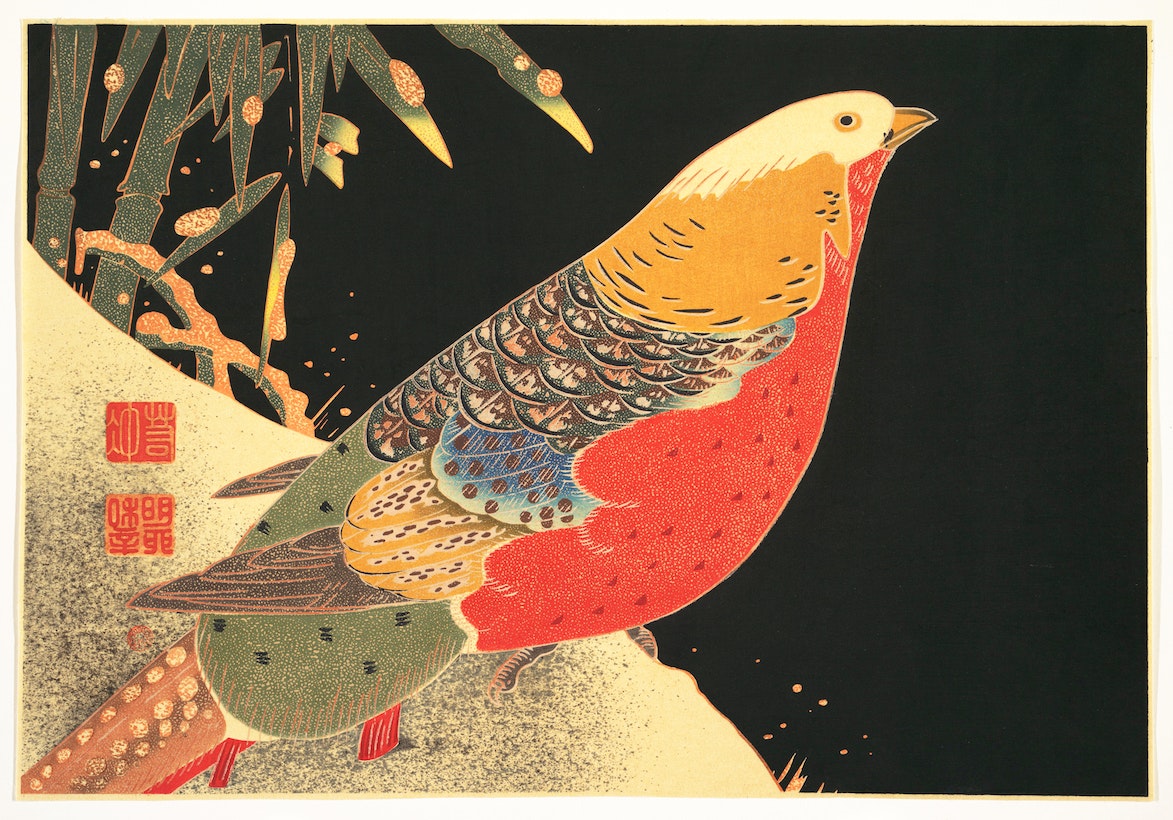
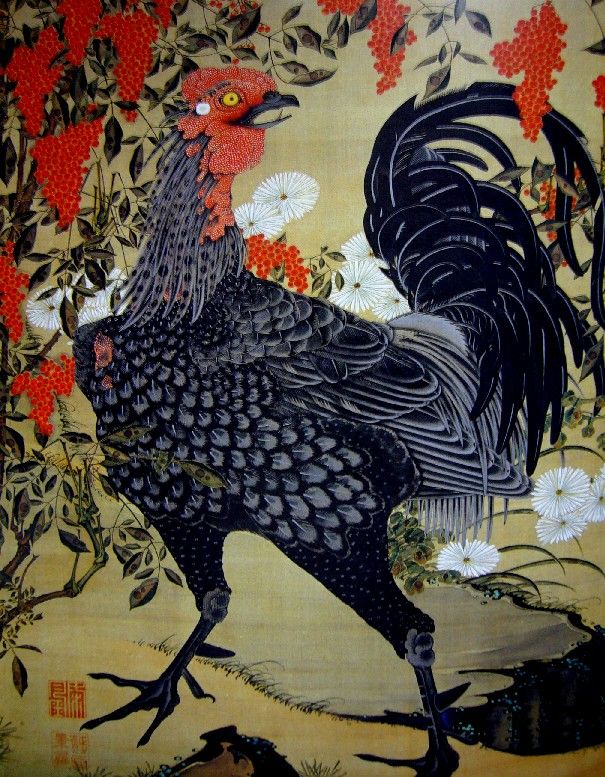
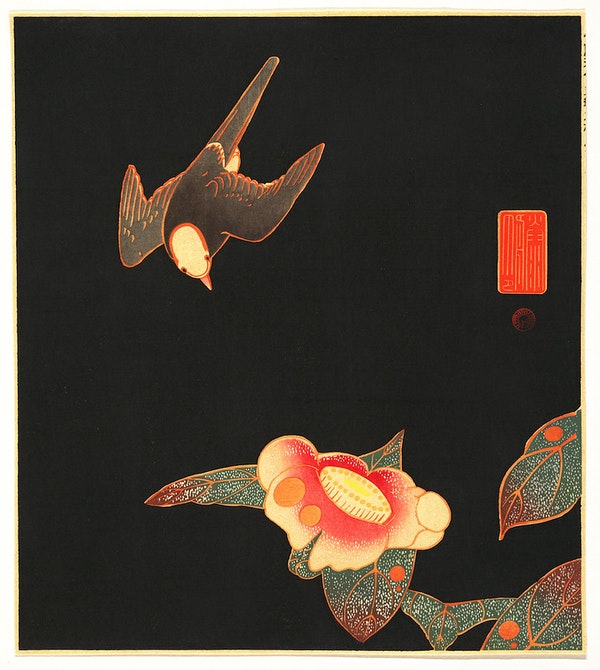
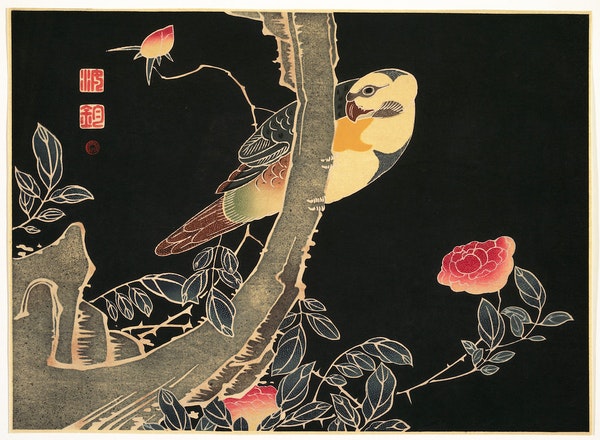
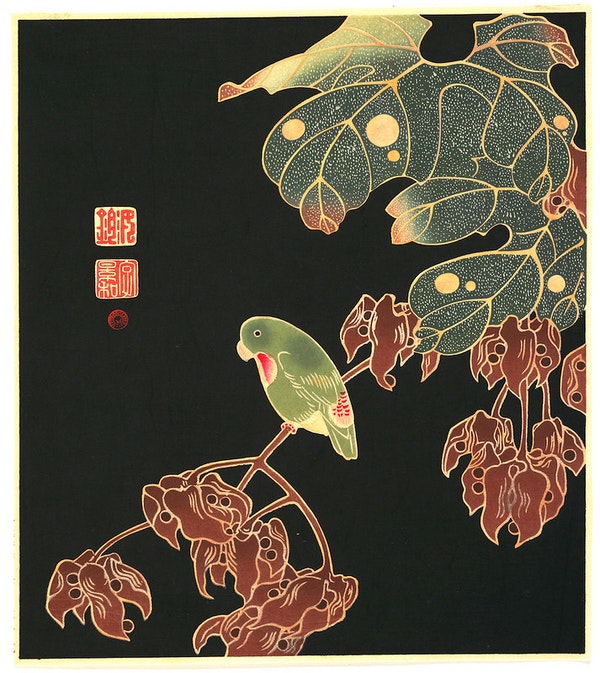
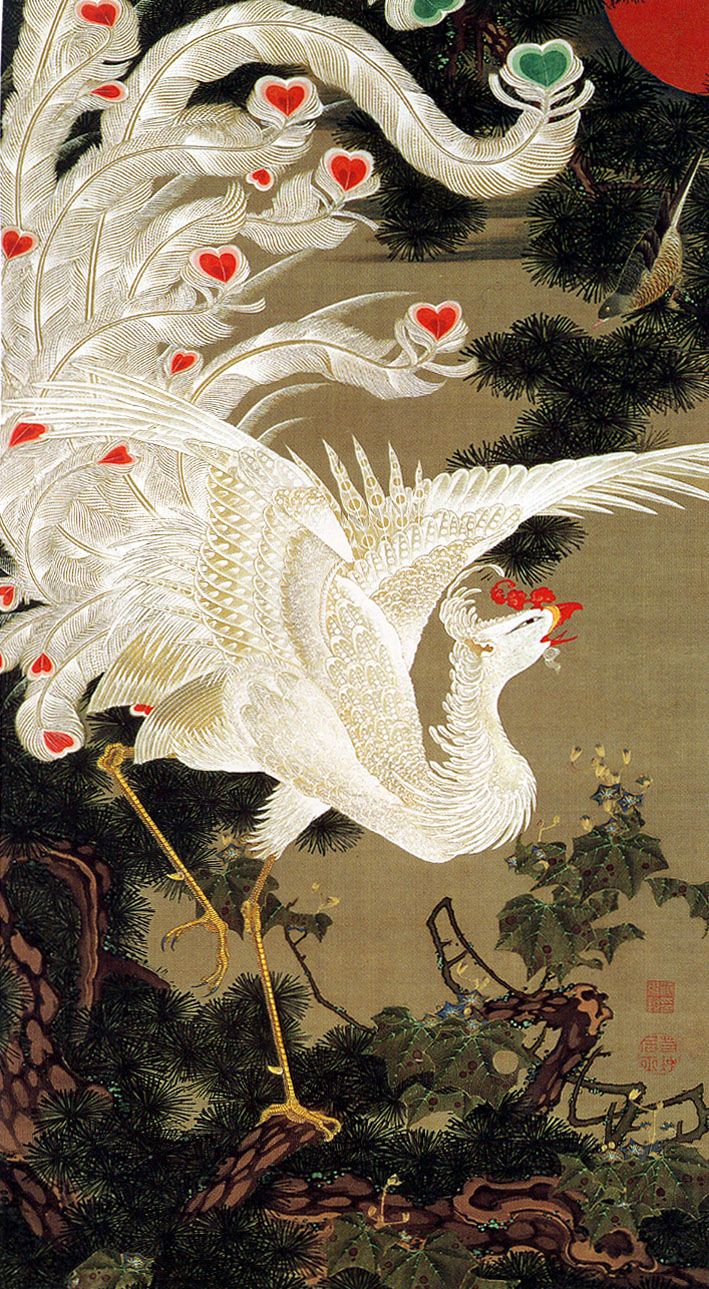
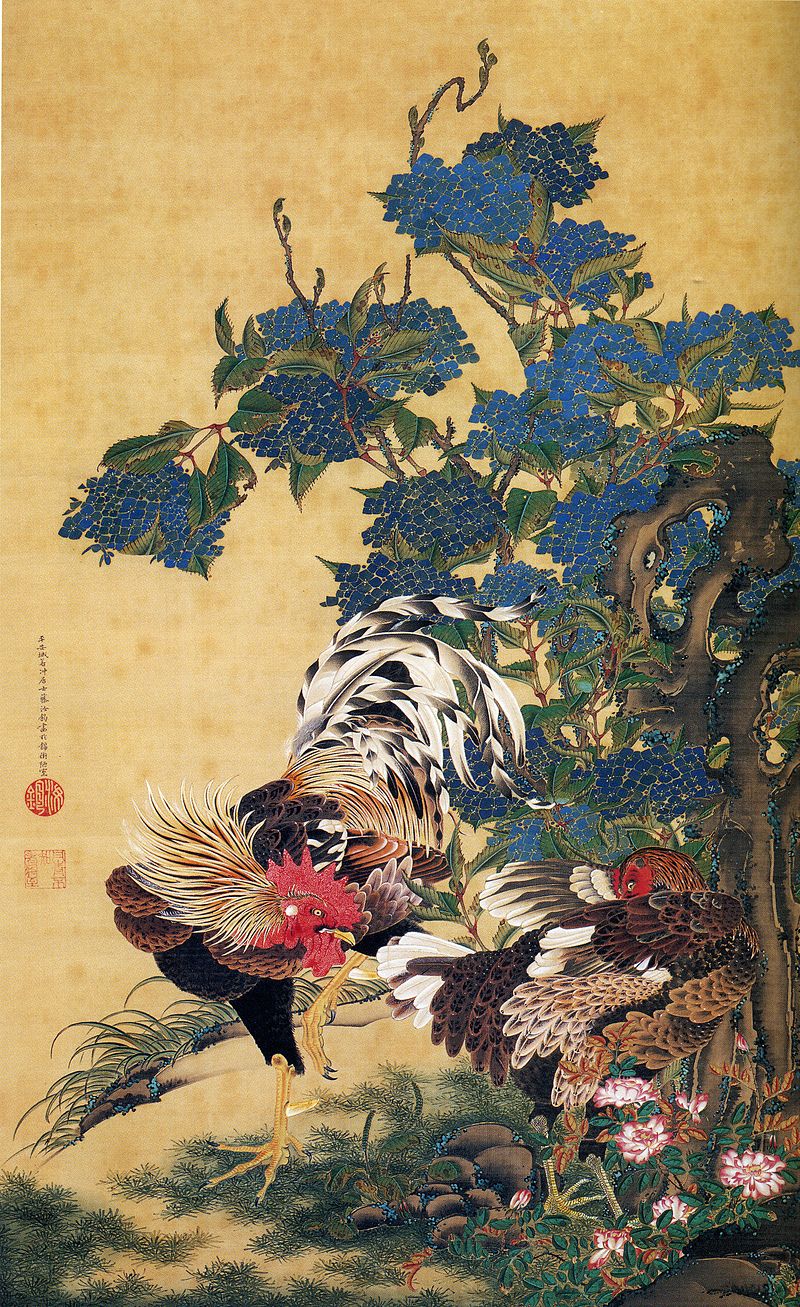
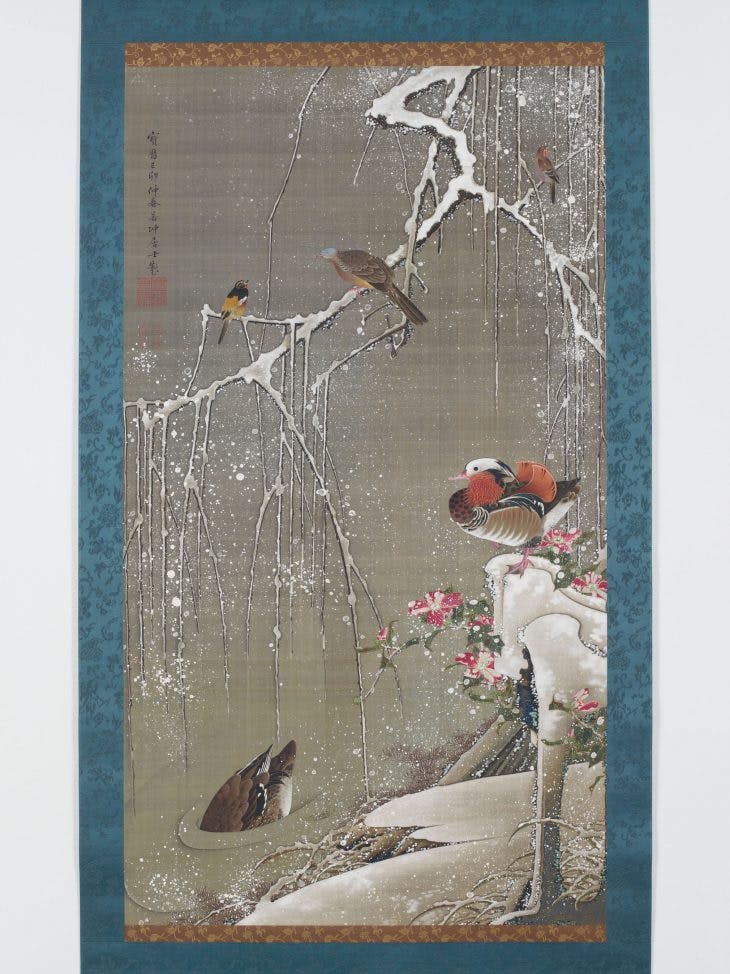


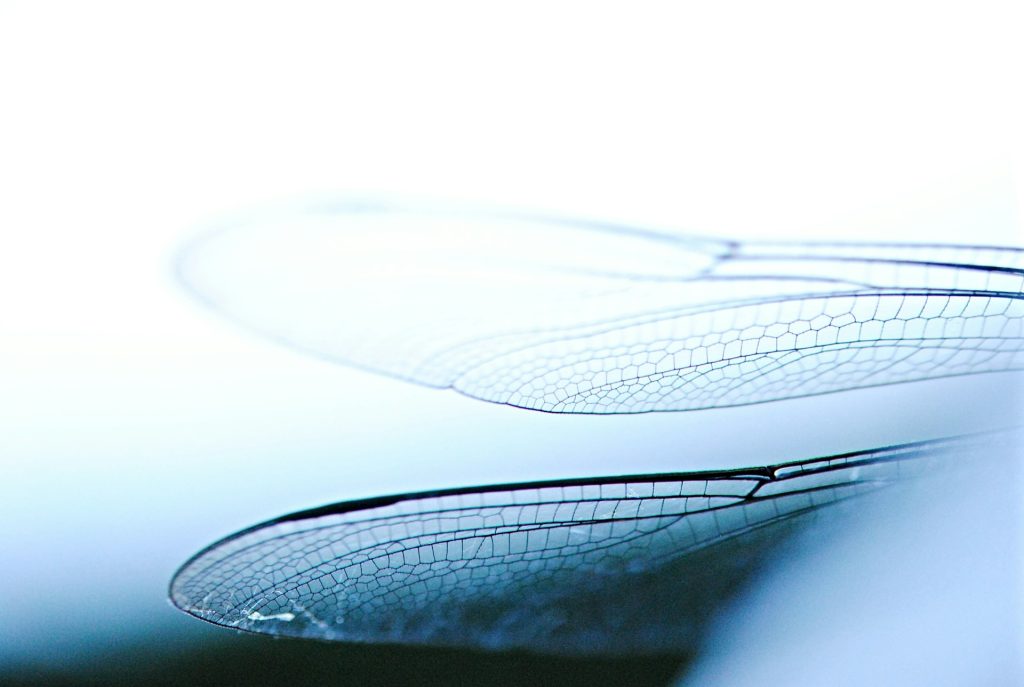
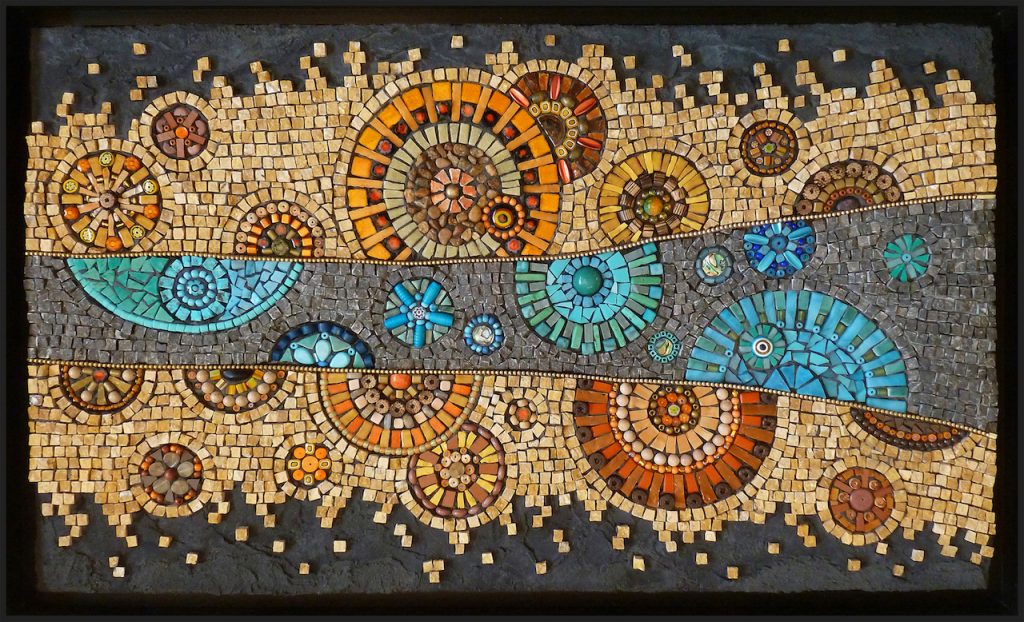
Thank you for sharing the beauty and intelligence we all need, that is in and of itself and not for commercial exploitation. This is healing for us all, and for me especially. With gratitude for sharing.